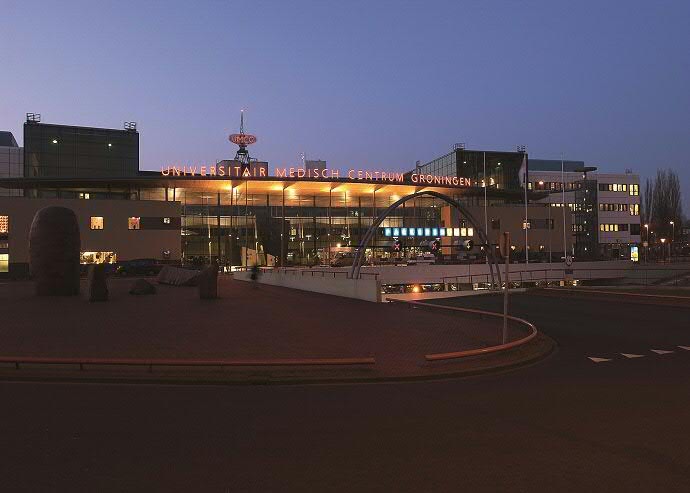Avoiding stem cells during radiotherapy prevents dry mouth

A new unique in the world radiotherapy technique used to treat patients with a tumour in the head and neck area has been found to prevent a dry mouth, a common and unpleasant side effect of radiation. In an article published in this week’s edition of Science Translational Medicine, researchers Peter van Luijk and Robert Coppes from the University Medical Center Groningen claim that this new technique avoids irradiating the stem cells in the salivary glands. The research may improve the quality of life for some patients.
Every year, some 500.000 patients world wide are treated for a tumour in the head and neck area. Many of them receive radiotherapy. Unfortunately, after treatment, forty percent of these patients find that their salivary glands no longer function properly, resulting in a dry mouth.
A dry mouth after radiotherapy has a huge impact on the quality of life for patients with head and neck cancers, often resulting in difficulty speaking and eating, and severe tooth decay. Preventing this side effect of radiotherapy would greatly benefit their quality of life.
Sensitive area
‘New radiation techniques, such as proton therapy, allow us to irradiate tumours more accurately and even target specific parts of an organ. It is therefore important to find out which parts we should irradiate and which we should avoid,’ explains Coppes, professor at the Departments of Radiotherapy and Cell Biology at the University Medical Center Groningen. ‘We discovered a highly sensitive area in the salivary gland; irradiating this area causes much more damage to the gland than irradiating other areas.’
Stem cell therapy
Meanwhile, the group was also conducting research on stem cells in parallel to this study. ‘We are trying to develop stem cell therapy, whereby stem cells can be used to repair the damage to the gland after radiation.’ Much to their surprise, these stem cells were present in precisely the same part of the salivary gland as had been found to be sensitive to radiation. They identified this area in mice, rats and humans. Van Luijk, the group’s biophysicist, studied CT scans of patients, which are used to plan radiotherapy. Irradiating the area where the stem cells are present turned out to increase the risk of a dry mouth.
New treatment plan
Using these results, Van Luijk developed a plan for minimizing radiation to the most sensitive spot in the salivary gland during radiotherapy. A double-blind randomized trial has now been started to compare this method of radiation with the traditional method. ‘We hope that this method will become standard practice in the treatment plan so that the sensitive area of the salivary gland can be avoided. Although this is not always possible, it could significantly reduce the number of patients with a dry mouth. Proton therapy may help us to refine the concept even further in the future.’
Source: press release University Medical Center Groningen, tel. +503612200
More news
-
03 October 2025
New Scientist Science Talent of the Year 2025: Aranka Ballering
-
17 July 2025
Veni-grants for eleven UG researchers
